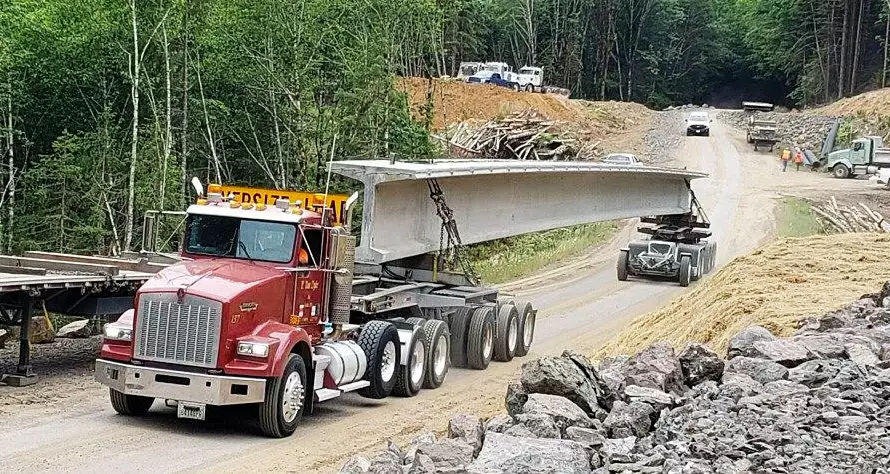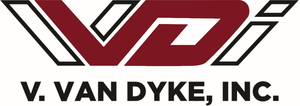When it comes to freight transportation, businesses often face the decision of whether to use rail or truck freight. Each mode offers distinct advantages, and in many cases, the most efficient solution is a combination of both. By strategically integrating rail and truck freight, companies can optimize costs, improve delivery times, and ensure the seamless movement of goods — including oversized cargo like bridge girders, large cable spools, industrial piping, and heavy equipment.

Advantages of Rail Freight
Rail transportation is a cost-effective option for moving large volumes of freight over long distances. Key benefits include:
-
Lower Cost per Mile – Rail can be significantly more fuel-efficient than trucks, reducing transportation costs over long hauls.
-
High Capacity – Trains can move large and heavy loads that would otherwise require multiple trucks.
-
Environmental Benefits – With lower emissions per ton-mile, rail is a more sustainable shipping method.
However, rail freight does have limitations. It requires access to rail infrastructure, and transit times can be slower due to fixed schedules and terminal transfers.

Advantages of Truck Freight
Trucking remains the most flexible and widely used form of freight transportation, offering:
-
Door-to-Door Service – Trucks can deliver directly to job sites, warehouses, or distribution centers, eliminating the need for secondary handling.
-
Speed & Flexibility – Unlike rail, trucks operate on flexible schedules and can adjust to changing logistics needs.
-
Ideal for Oversized Loads – Specialized trucking solutions, such as flatbeds, step decks, and heavy-haul trailers, are essential for moving large cargo like HVAC units, construction vehicles, and offshore infrastructure materials.
Using Both: The Intermodal Approach
For businesses moving large, heavy, or high-volume freight, a combination of rail and trucking — intermodal transportation — can offer the best of both worlds. A typical strategy might involve:
-
Using rail for long-distance bulk transport – Moving oversized loads over long stretches efficiently and cost-effectively.
-
Using trucks for first-mile and last-mile delivery – Ensuring cargo reaches its final destination, whether it’s a construction site, industrial facility, or offshore staging area.
-
Coordinating oversized load transfers – Managing rail-to-truck transitions for heavy equipment, ensuring safe and efficient handling.
Choosing the Right Mix for Your Supply Chain
Determining the best freight strategy depends on factors like distance, cargo size, budget, and urgency. By leveraging both rail and truck freight strategically, companies can improve supply chain efficiency while ensuring that even the largest and most complex loads reach their destination safely and on time.
Contact V. Van Dyke if you would like more information on this topic or to initiate a free consultation about your trucking, storage, and rail-access needs in the Pacific Northwest.

